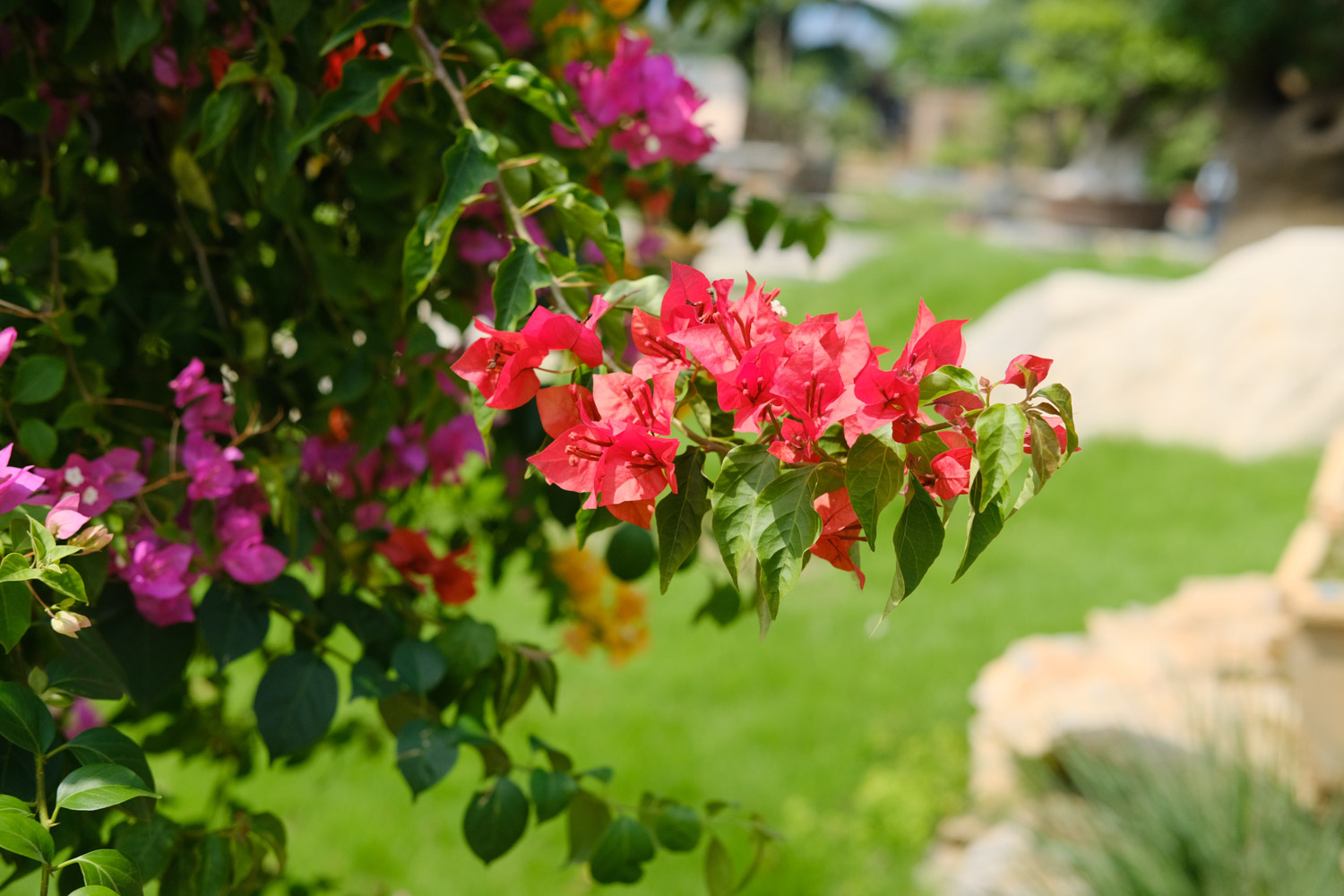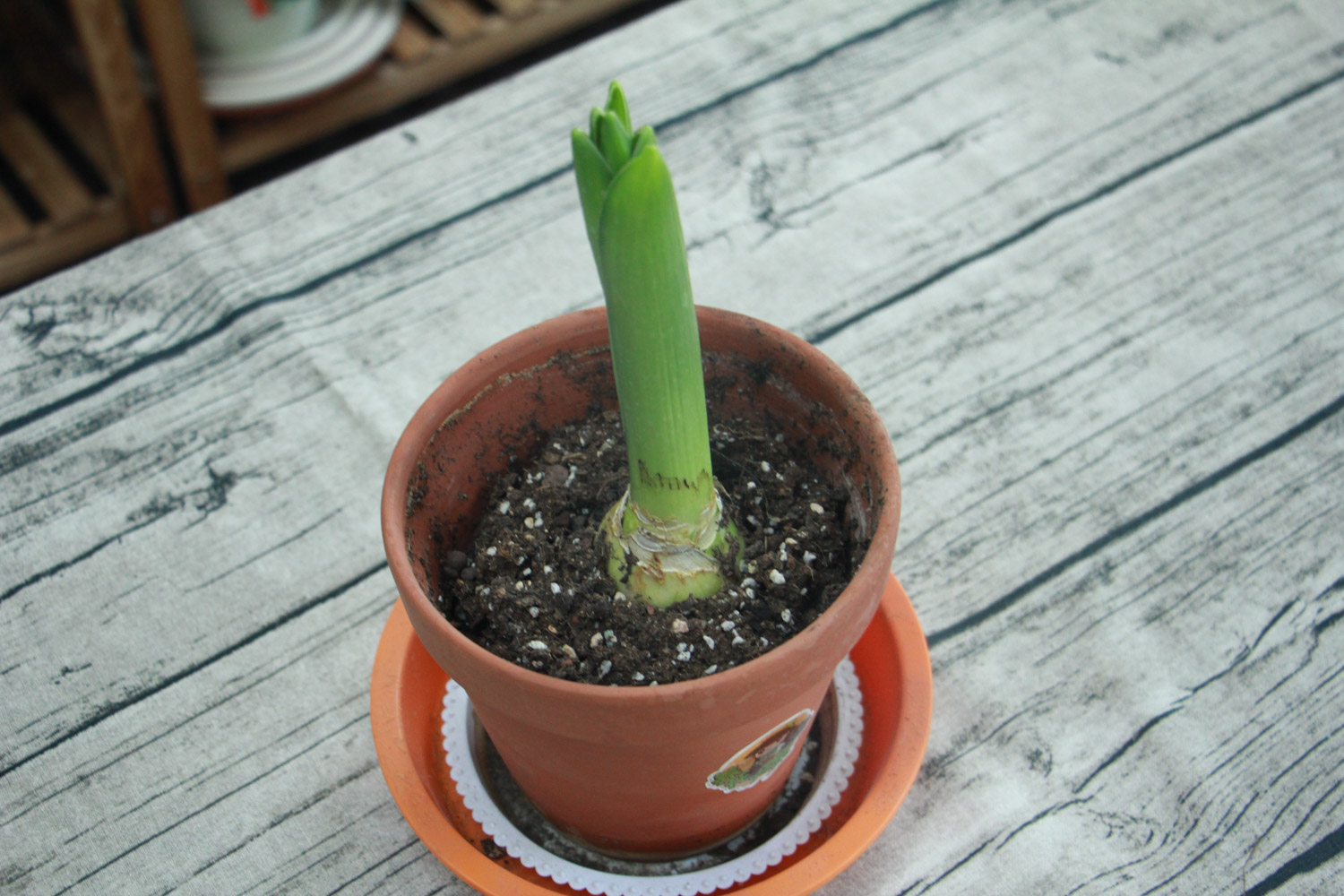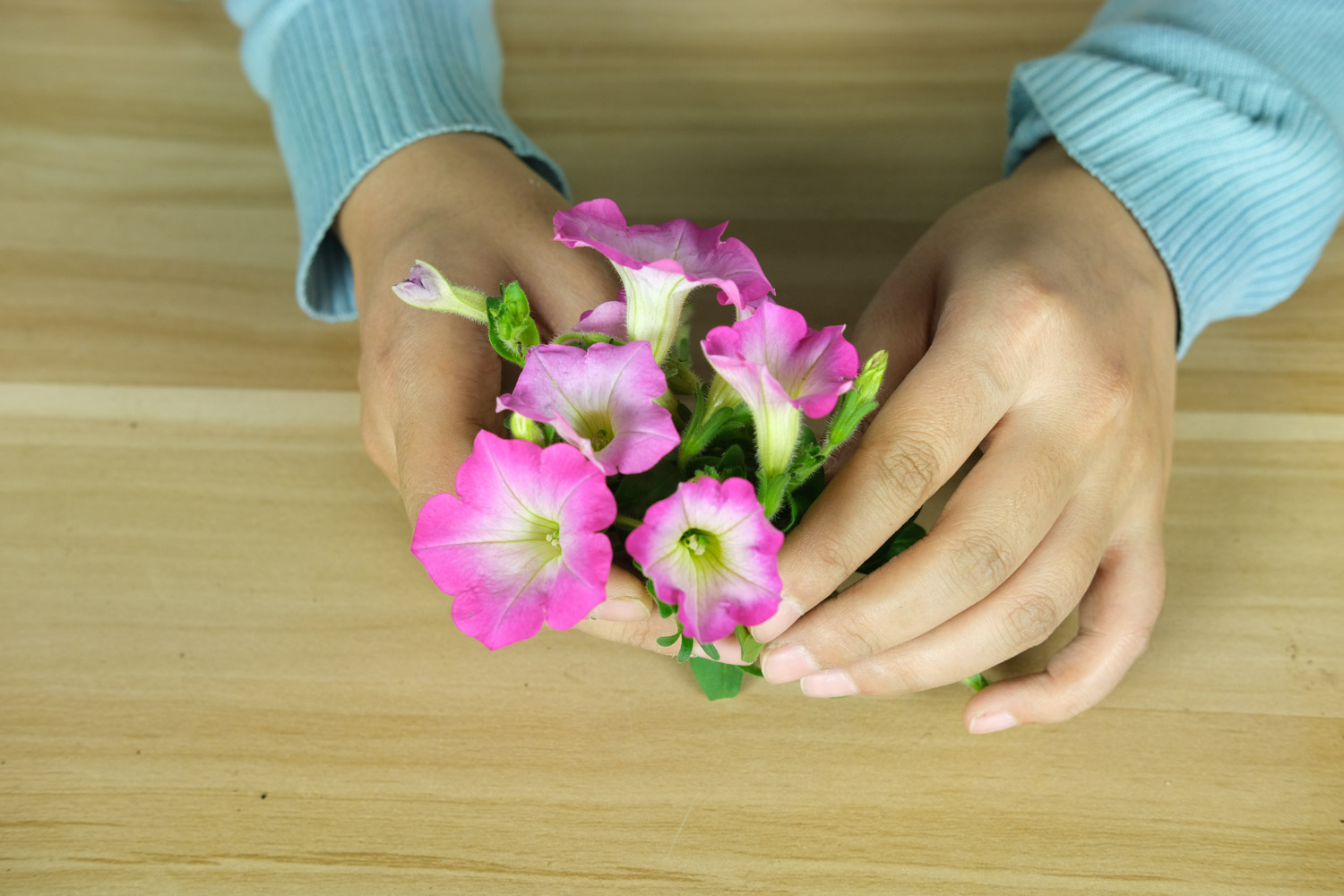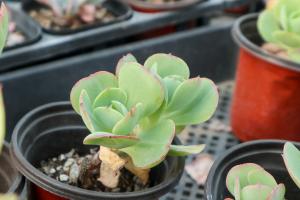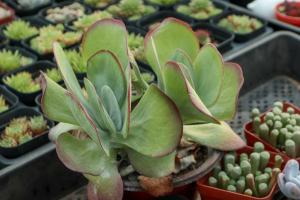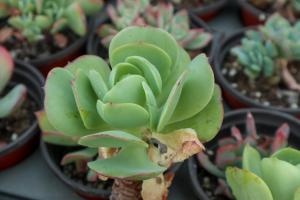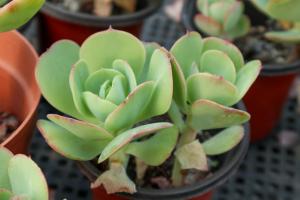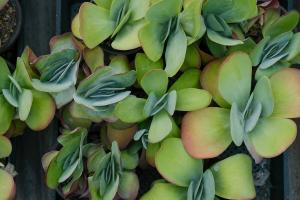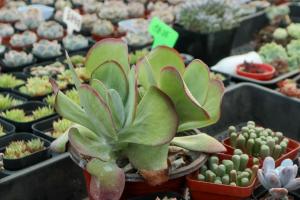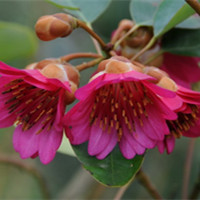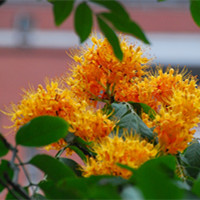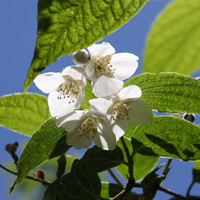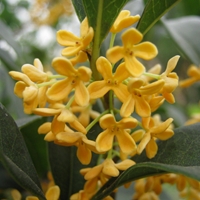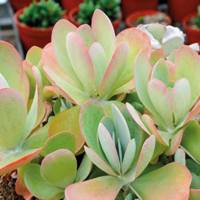Growth habits of Tang Yin
Tang seal originated in South Africa. Like warm, dry and sunny environment. Not hardy. Drought resistance, not water temperature resistance
Favorite temperature: 15-20 ℃
Watering: watering 1-2 times a week during the growth period
Light: sufficient throughout the day
Propagation: most of the propagation methods are cutting and leaf propagation
Diseases and pests: leaf spot, whitefly, etc
Suggested combination: rainbow jade
Maintenance skills of Tang seal
Basin soil: every spring. Basin soil is a mixture of rotten leaf soil, culture soil and coarse sand
Watering: during the growth cycle, water 1-2 times a week to keep the basin soil moist, but no ponding. When the temperature drops in autumn and winter, reduce watering. Watering shall be strictly controlled in midsummer and winter. In winter, the leaves turn red under bright light
Fertilization: fertilize once a month during the growth period, and use diluted cake fertilizer and water or "Huiyou" 15-15-30 special fertilizer for potted flowers
Tang Yin's breeding method
Cutting: cut the mature top branches during the growth period, insert them into the sand bed after the cutting mouth is dried, 8-10 natural roots, and then potted after 1 week
leaf insert: cut and grow the leaves that are full and grow, and lay on the sand bed, spray and moisturize, and take root 10-15 days after inserting. p>


